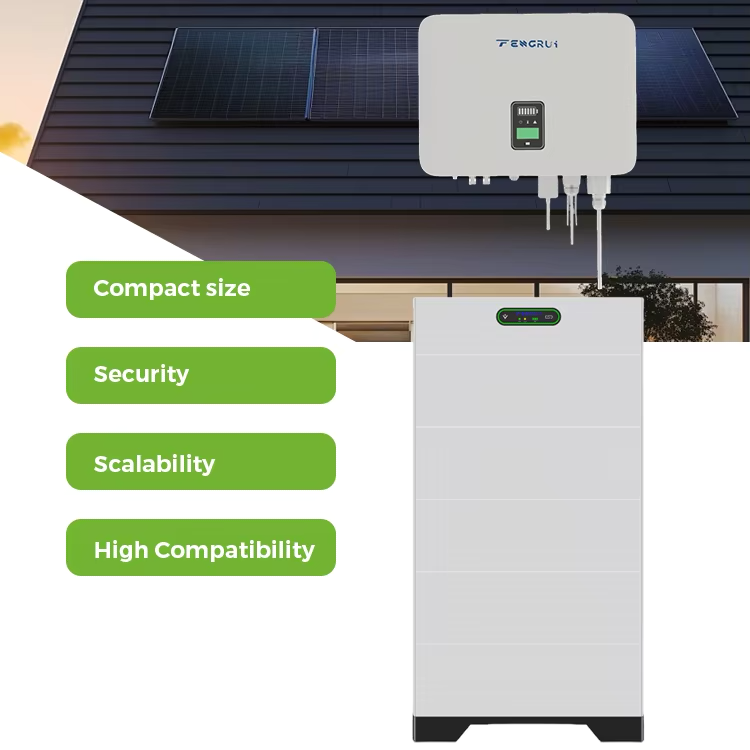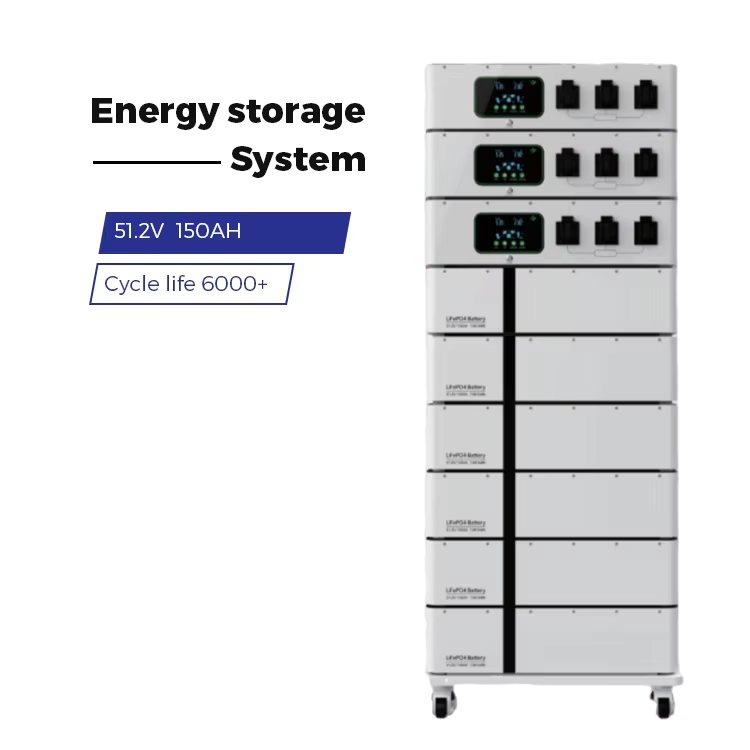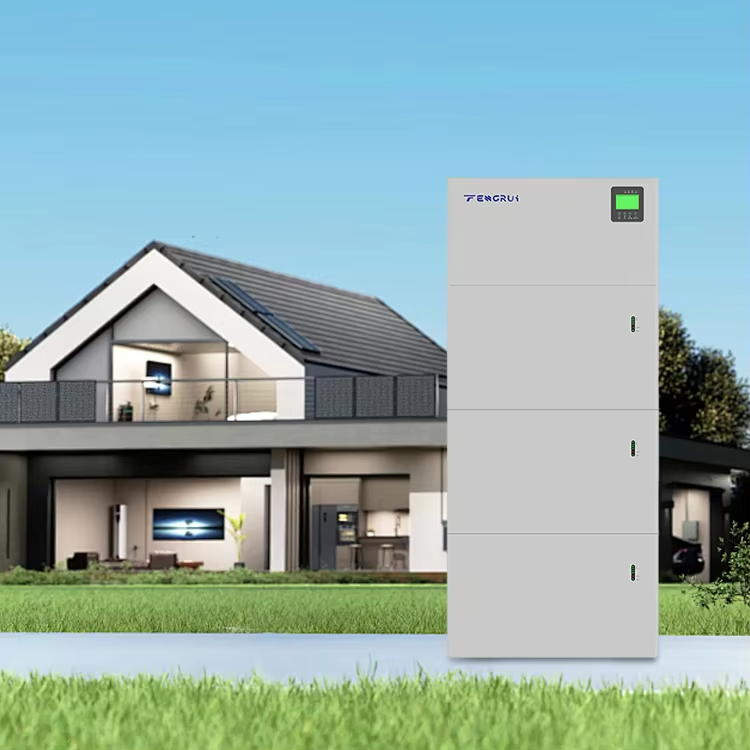grid tie solar inverter
A grid tie solar inverter represents a crucial component in modern solar power systems, serving as the bridge between solar panels and the electrical grid. This sophisticated device converts the direct current (DC) generated by solar panels into alternating current (AC) that can be used in homes and businesses or fed back into the power grid. The inverter continuously monitors grid conditions, ensuring seamless integration and optimal power transfer while maintaining safety and efficiency standards. Modern grid tie inverters feature advanced monitoring capabilities, allowing users to track energy production and consumption in real time through smart device applications. They incorporate Maximum Power Point Tracking (MPPT) technology, which optimizes the power output from solar panels under varying weather conditions. These inverters also include essential safety features such as anti-islanding protection, which automatically disconnects the system during power outages to protect utility workers. The technology has evolved to achieve conversion efficiencies exceeding 97%, maximizing the return on investment for solar installations. Grid tie inverters come in various sizes and configurations, from small residential units to large commercial systems, making them versatile solutions for diverse energy needs.


